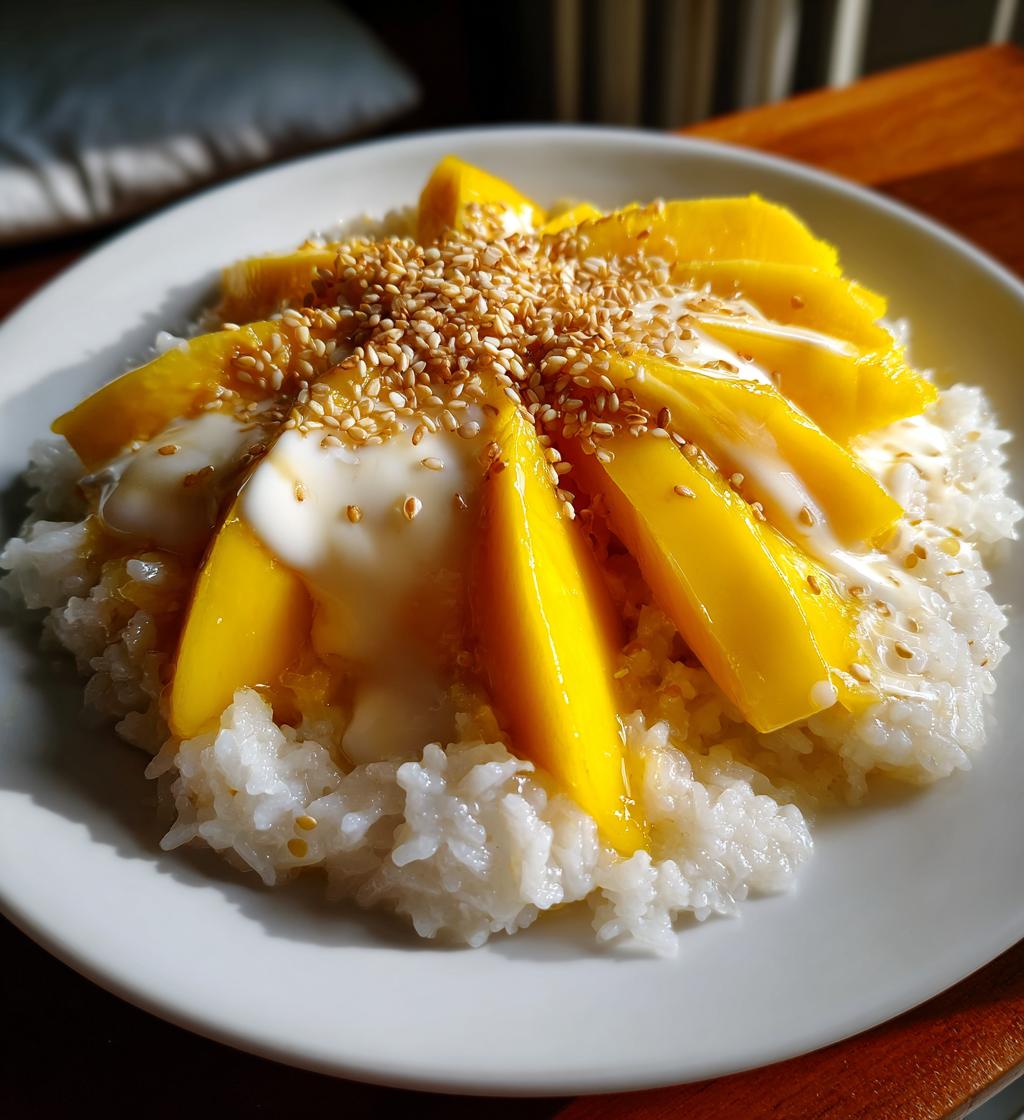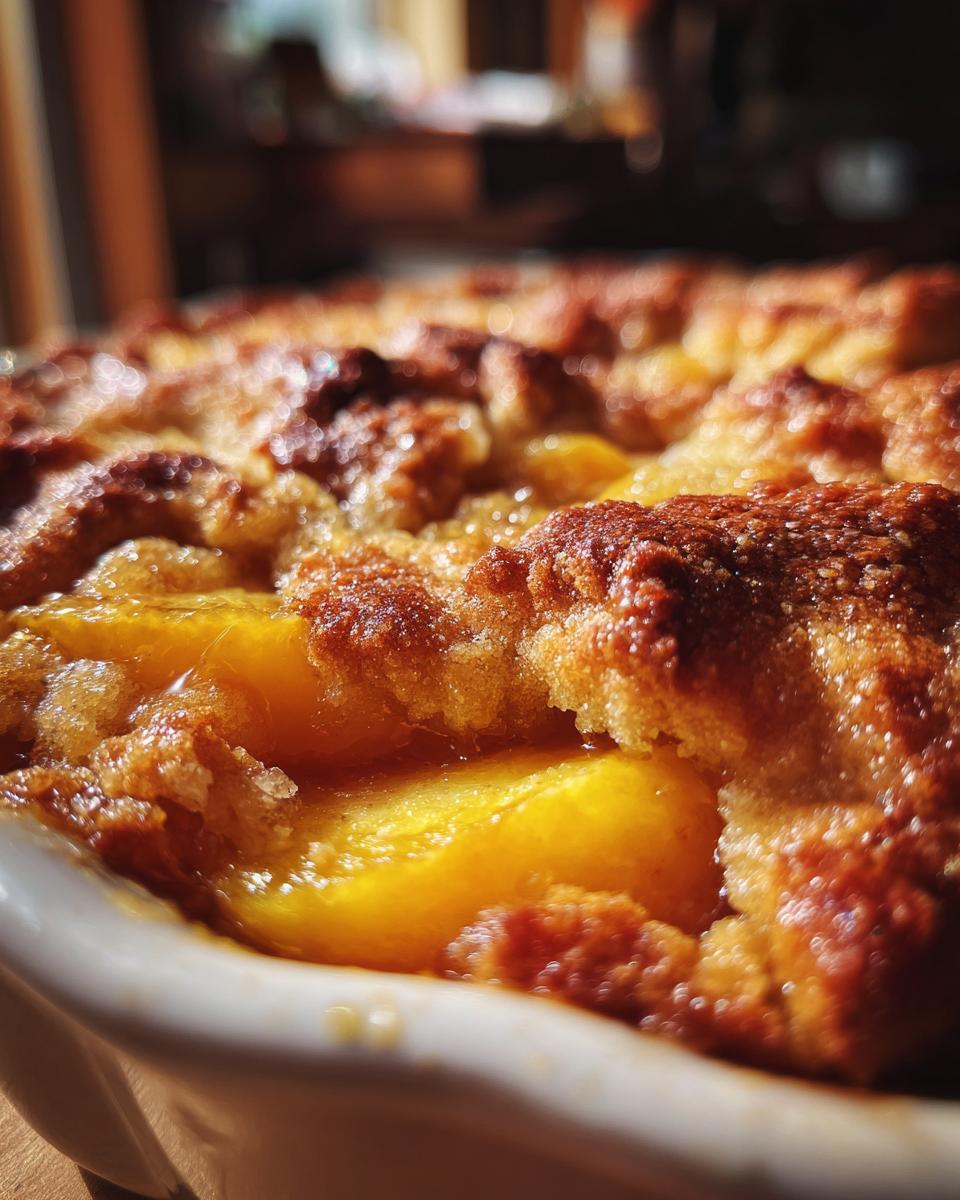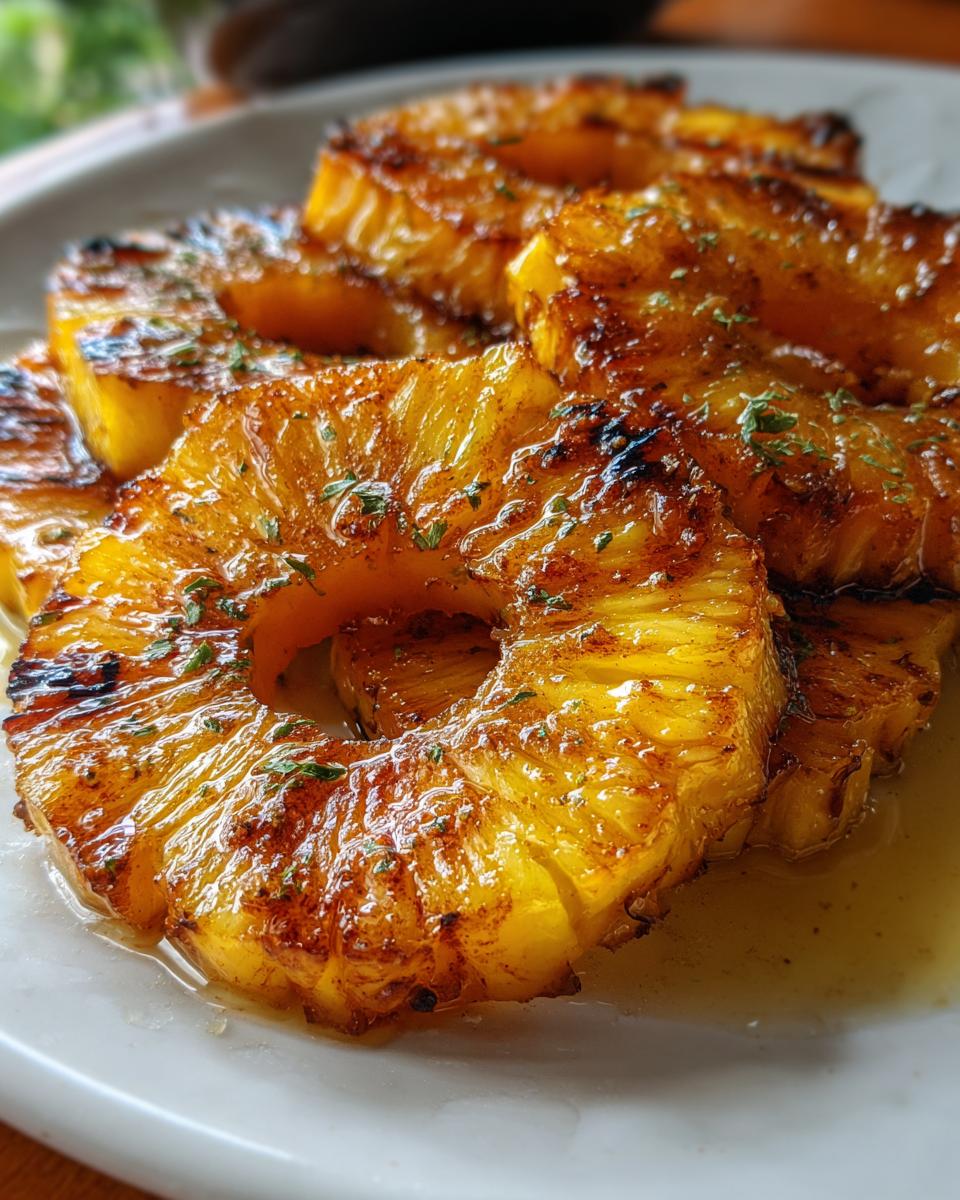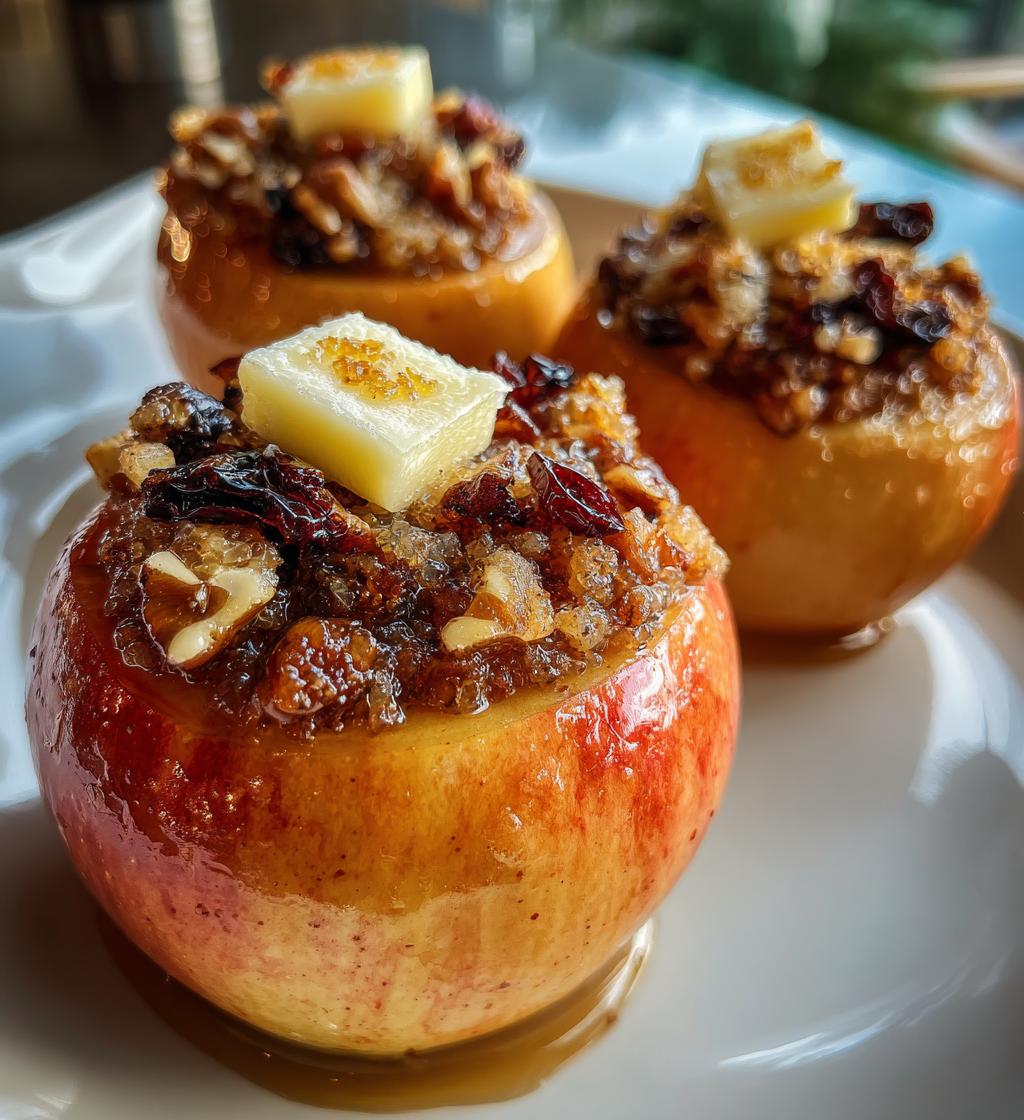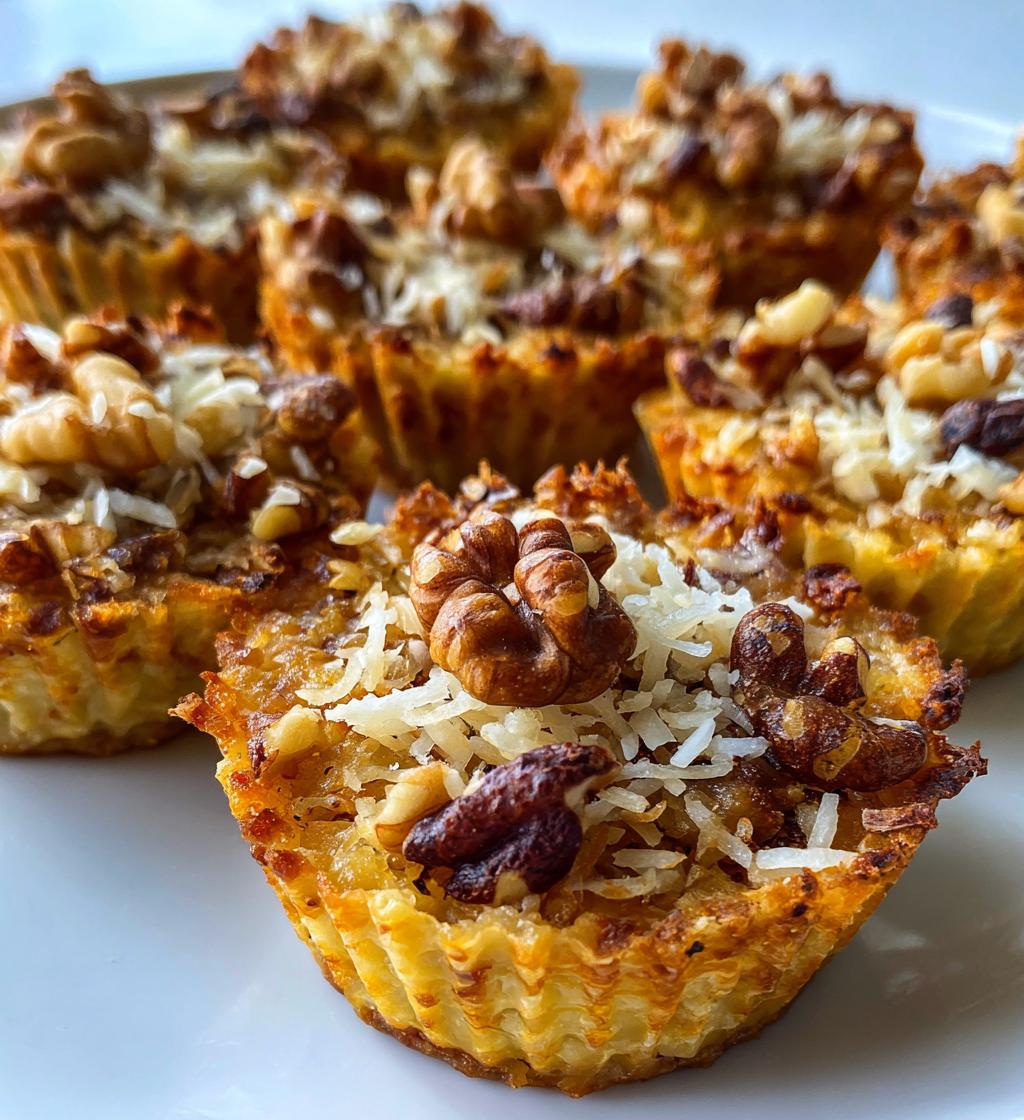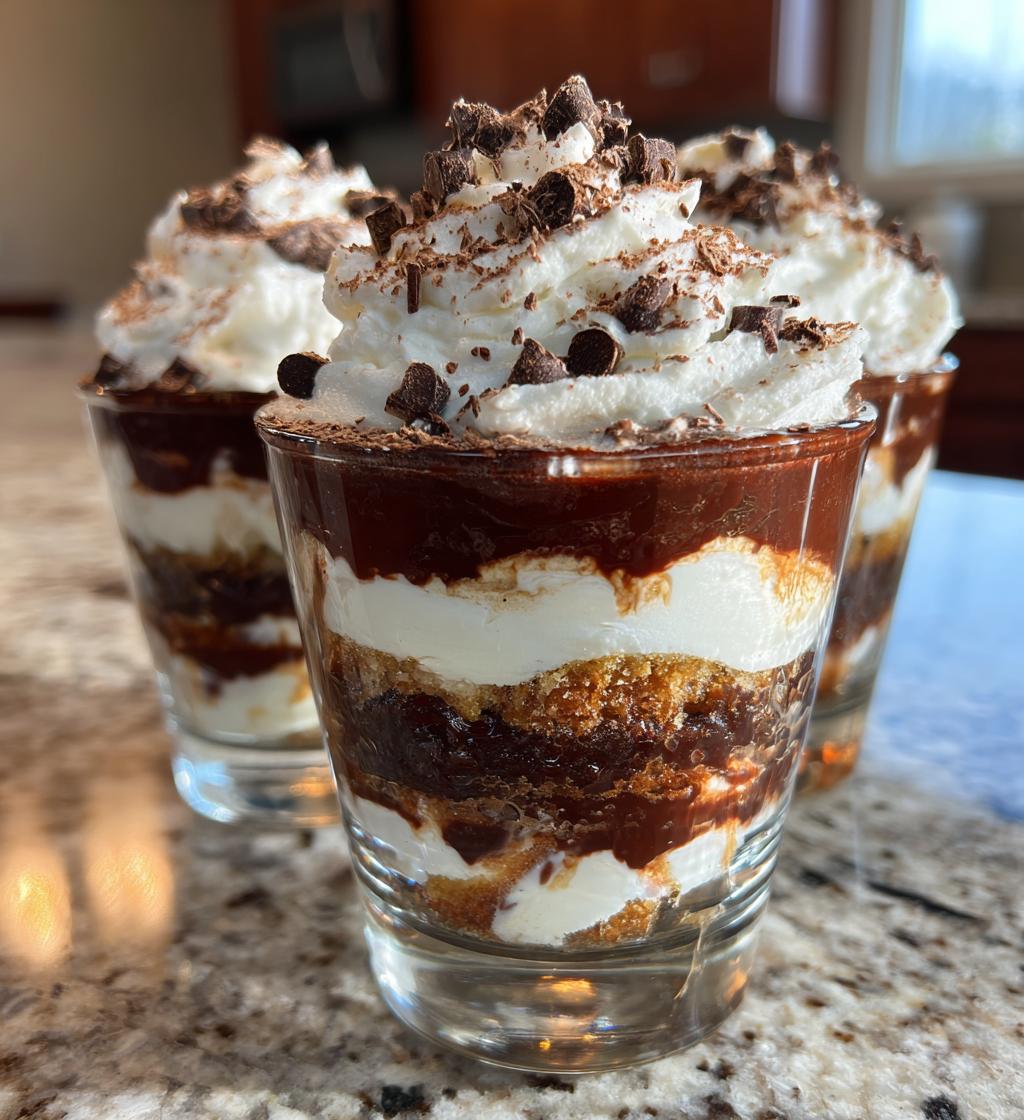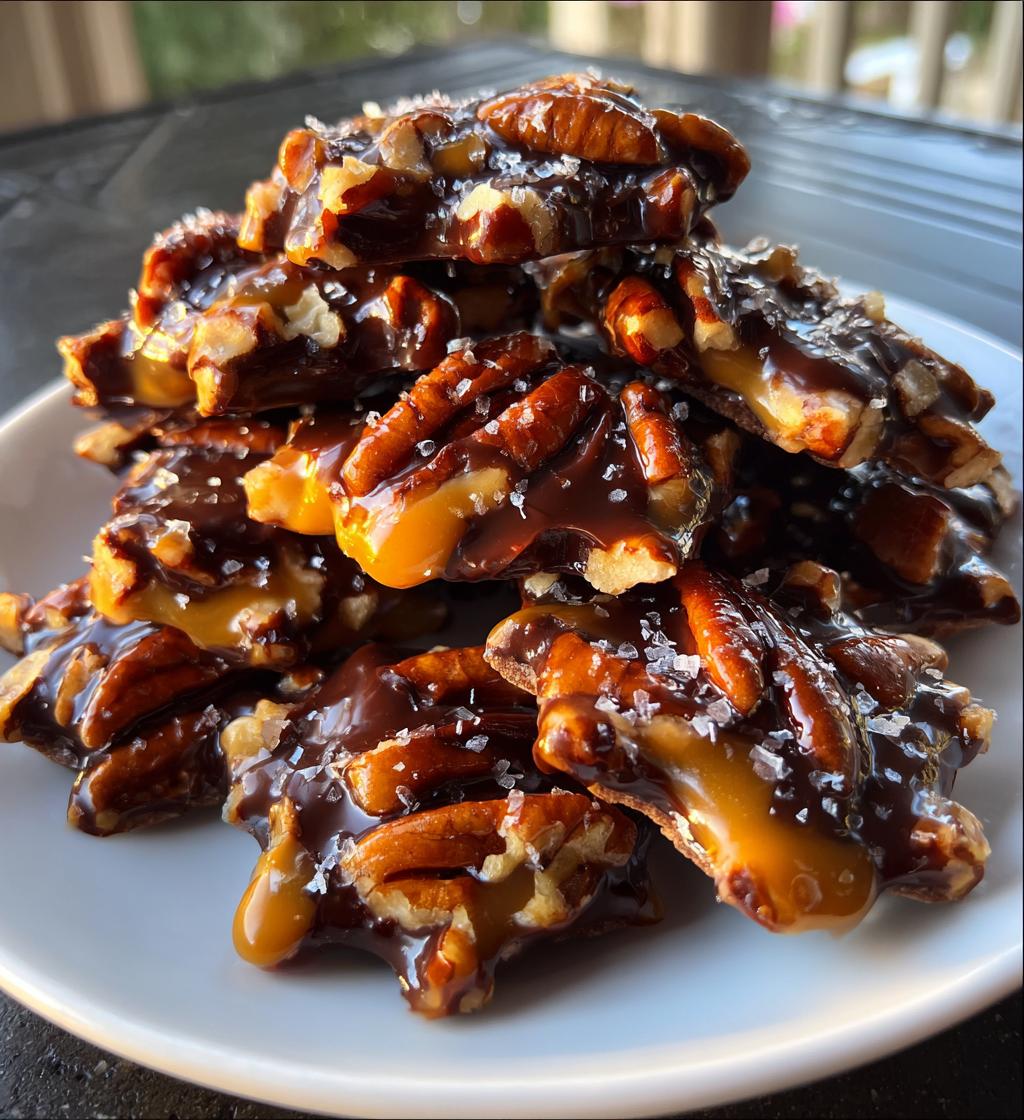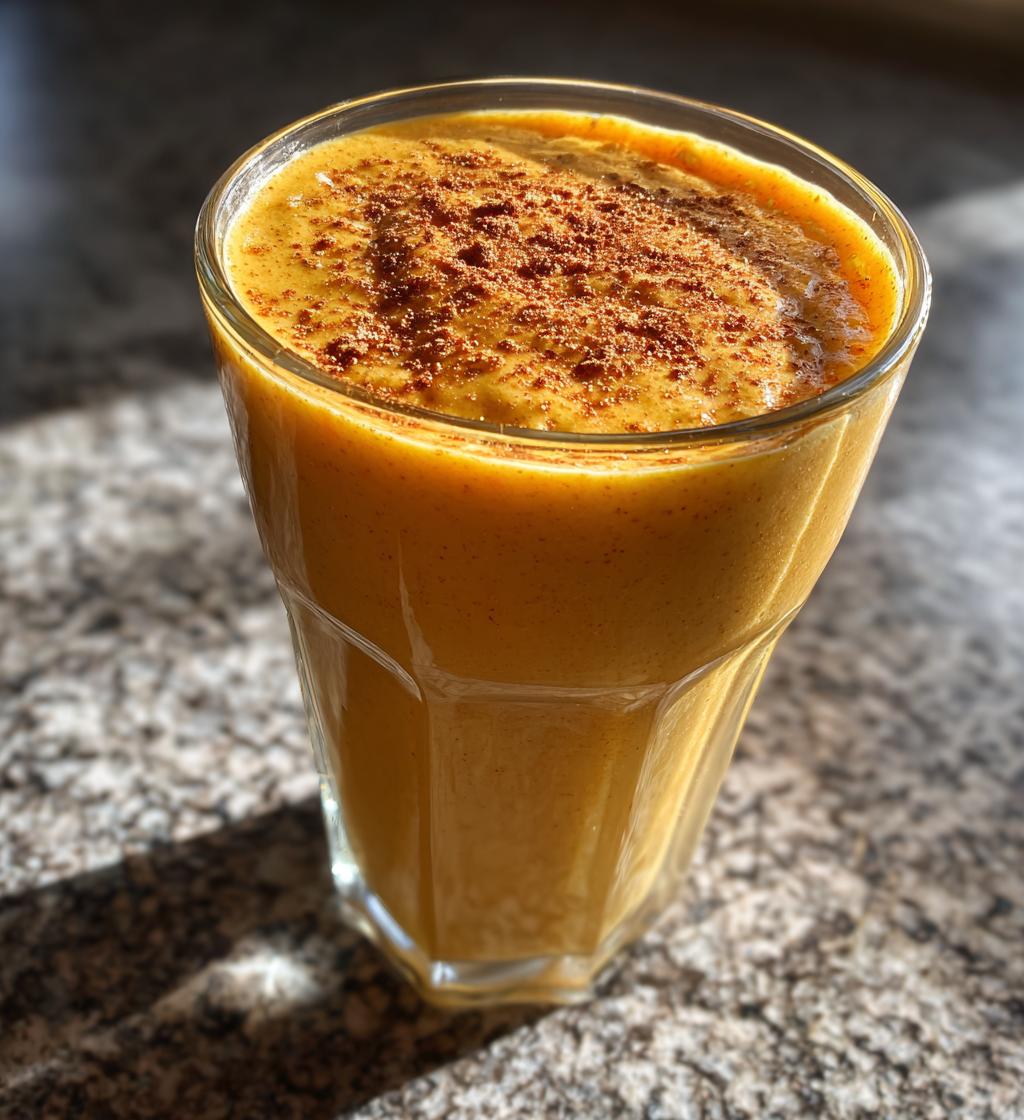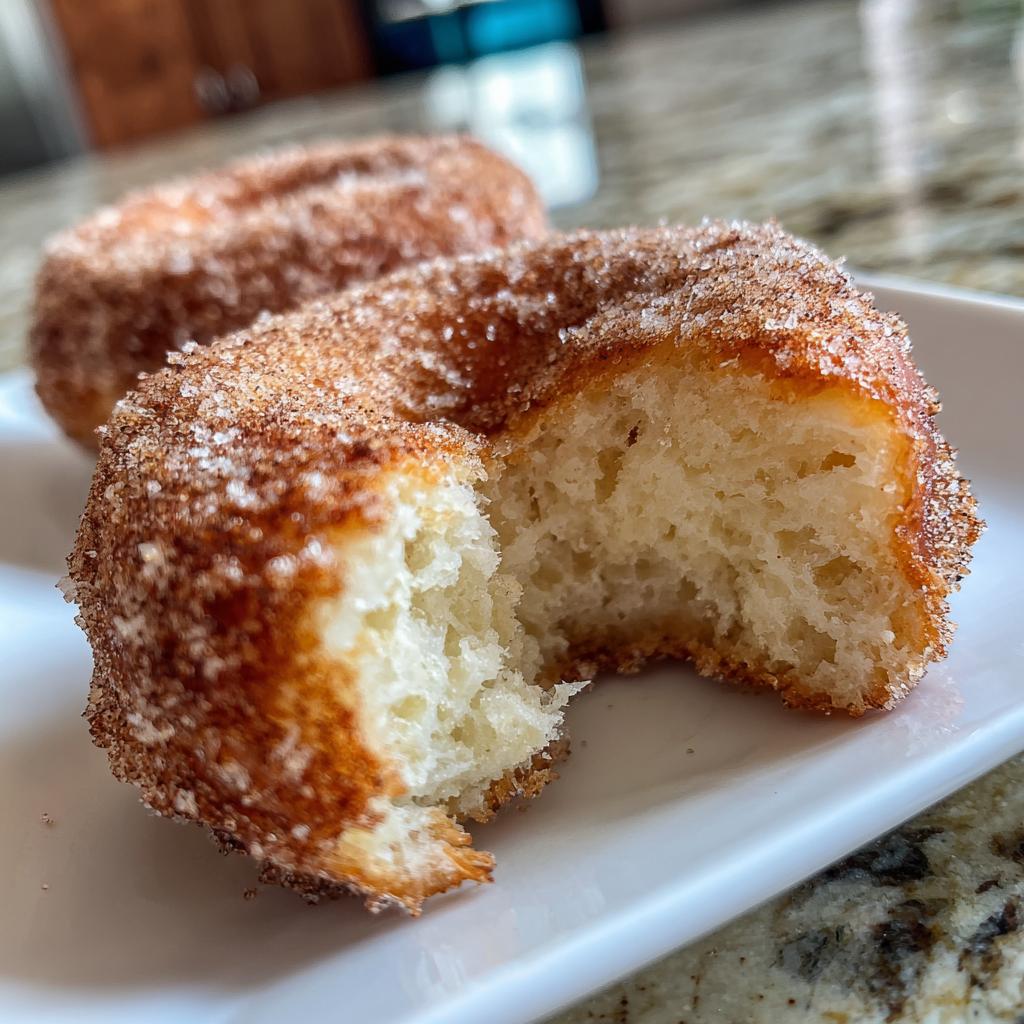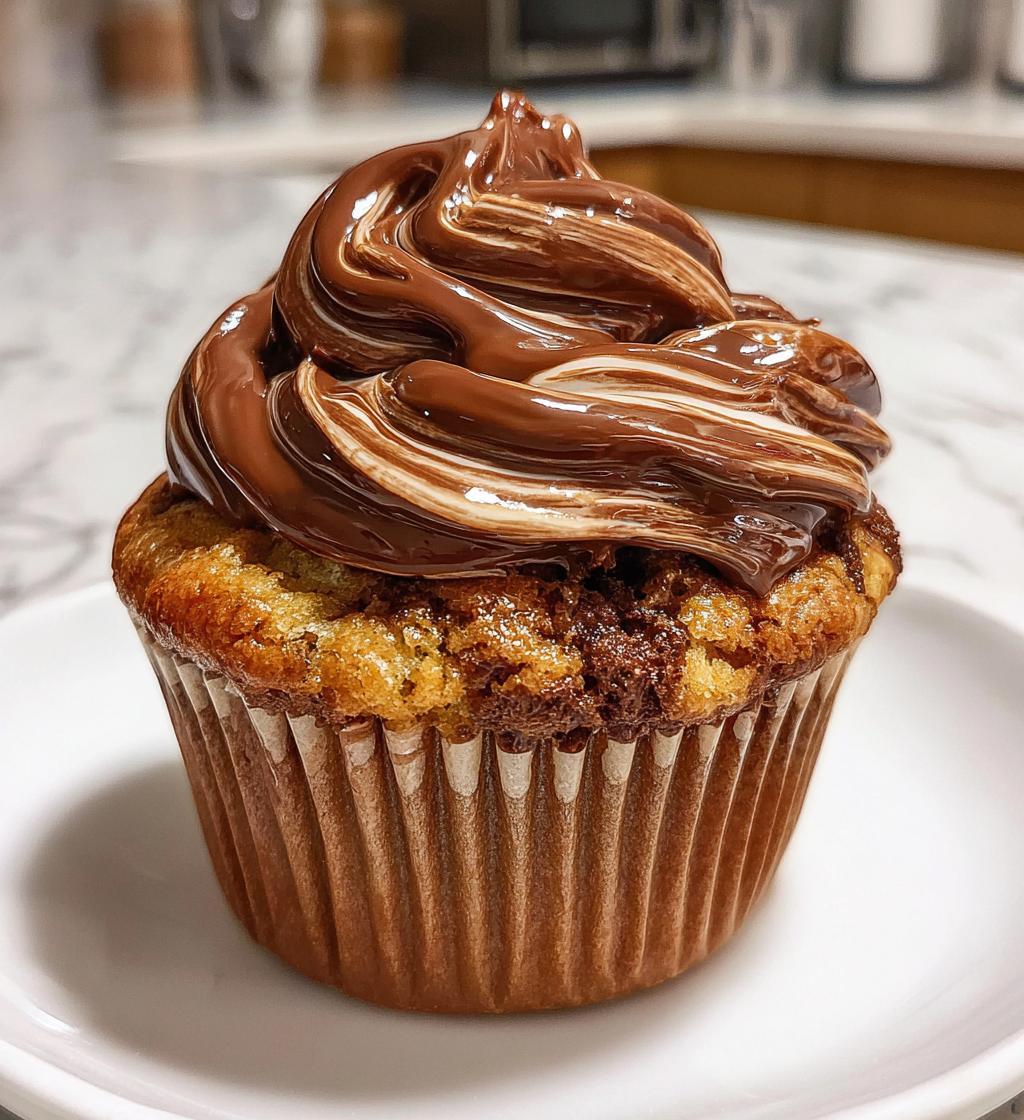Ah, Mango Sticky Rice! This delightful Thai dessert has a special place in my heart. I remember the first time I tasted it at a bustling night market in Bangkok, the sweet aroma of coconut milk wafting through the air, mingling with the scent of ripe, juicy mangoes. It was love at first bite! The combination of glutinous rice, luscious coconut milk, and fresh mango is simply irresistible. It’s a dish that embodies the essence of Thai cuisine—sweet, creamy, and utterly comforting.
Mango Sticky Rice is more than just a dessert; it’s a celebration of flavors and textures that reflects the beauty of Thai culture. Traditionally served during the mango season, it’s often enjoyed during festivals and family gatherings. The way the sticky rice clings to the sweet, golden mango slices, drizzled with rich coconut milk, creates a harmony that makes your taste buds dance with joy. Trust me, once you try making it at home, you’ll understand why this dish is cherished in Thailand and beyond. So let’s dive into this recipe and bring the flavors of Thailand right into your kitchen!
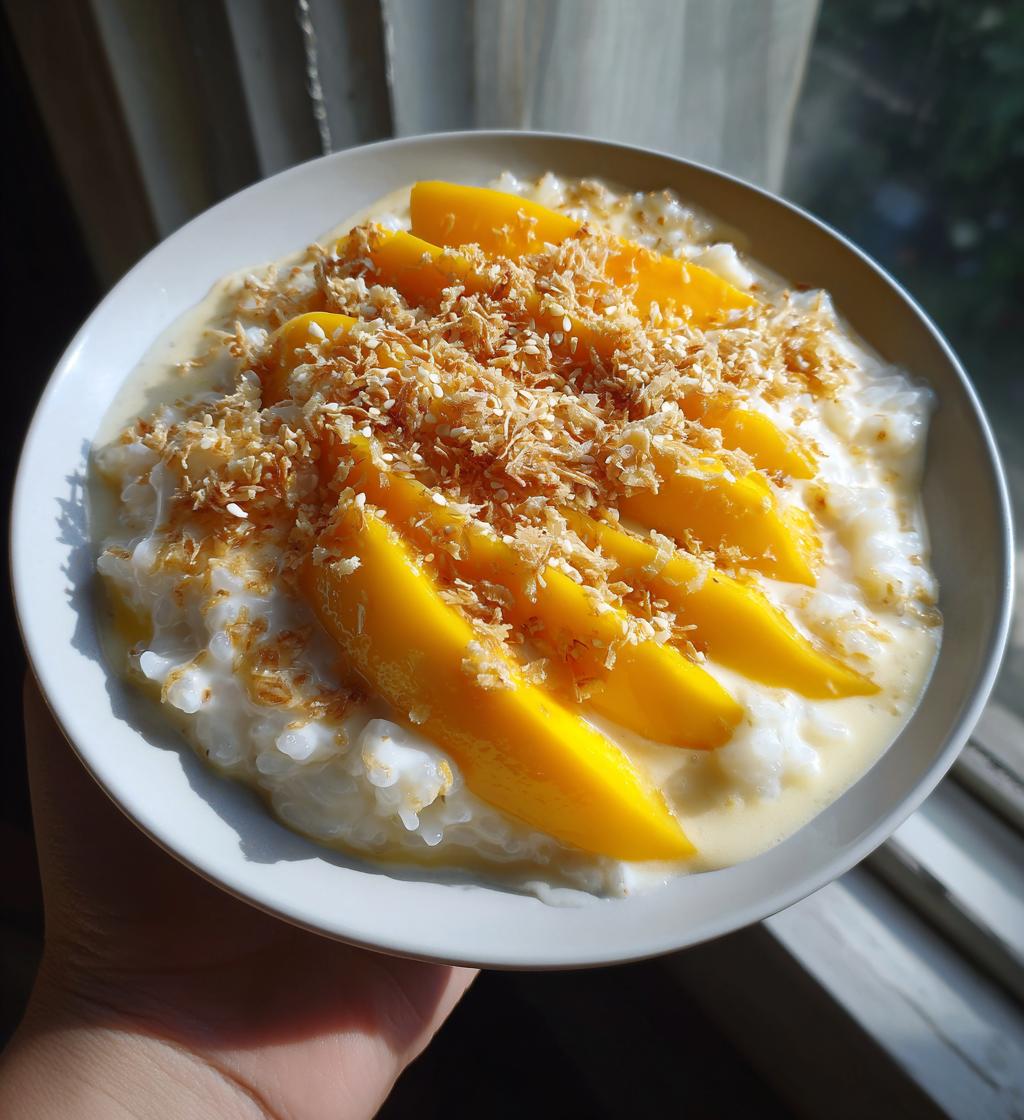
Ingredients for Mango Sticky Rice
To create this delicious Mango Sticky Rice, you’ll need the following ingredients:
- 1 cup glutinous rice: This is the star of the show! Make sure to get glutinous (or sticky) rice, as it gives that signature texture.
- 1 1/2 cups coconut milk: Use full-fat coconut milk for the creamiest and richest flavor. Trust me, it makes all the difference!
- 1/2 cup sugar: Adjust this to your taste. I love it just sweet enough to complement the mango without overpowering it.
- 1/4 teaspoon salt: This tiny bit of salt enhances the overall flavor and balances the sweetness beautifully.
- 2 ripe mangoes: Choose the ripest, juiciest mangoes you can find. They’ll add that fresh, fruity burst that makes this dessert sing.
- Sesame seeds or mung beans for garnish: These add a lovely crunch and a touch of visual appeal. Feel free to choose your favorite!
Gather these ingredients, and you’re all set to whip up a batch of this delightful Thai treat!
How to Prepare Mango Sticky Rice
Now that you have all your ingredients ready, let’s get into the fun part—preparing this heavenly Mango Sticky Rice! I promise, it’s easier than it sounds, and the end result will be worth all the effort. Just remember, timing is key, especially with the soaking and resting periods, so let’s dive right in!
Step-by-Step Instructions
First things first, we need to rinse the glutinous rice. Place 1 cup of glutinous rice into a fine-mesh strainer and rinse it under cold water until the water runs clear. This step is crucial because it removes excess starch, which can make your rice too gummy. Once it’s nice and clean, let it drain for a few minutes.
Next up, soaking! Transfer the rinsed rice to a bowl and cover it with water. Let it soak for at least 4 hours, or even better, overnight if you have the time. This soaking not only softens the rice but also gives it that delightful sticky texture we all love. If you’re short on time, even a 2-hour soak can work in a pinch!
After soaking, drain the rice again and prepare to steam it. Line a steamer basket with cheesecloth or a clean kitchen towel to prevent the rice from falling through. Steam the rice for about 30 minutes, or until it’s tender and translucent. You’ll know it’s done when it has that perfect sticky consistency. Trust me, the aroma wafting through your kitchen will be heavenly!
While the rice is steaming, let’s make the coconut sauce. In a saucepan, combine 1 1/2 cups of coconut milk, 1/2 cup of sugar, and 1/4 teaspoon of salt over medium heat. Stir gently until the sugar dissolves completely. Be careful not to let it boil! You want it warm and cozy, not boiling over.
Once the rice is done, transfer it to a large mixing bowl and pour about three-quarters of the coconut mixture over it. Gently mix until the rice is well coated. Now, here’s the secret: let it sit for about 30 minutes. This resting period allows the rice to absorb that luscious coconut flavor, making every bite pure bliss!
While the rice is resting, it’s time to prepare the mangoes. Peel and slice your 2 ripe mangoes into thin pieces, making sure they’re as juicy as can be. You want those vibrant, golden slices to complement the sticky rice perfectly.
Finally, it’s time to serve! Place a generous scoop of the sticky rice on a plate, arrange the mango slices beside it, and drizzle with the reserved coconut sauce. Don’t forget to sprinkle some sesame seeds or mung beans on top for that extra crunch and visual appeal. And there you have it—your very own Mango Sticky Rice, ready to be devoured!
Why You’ll Love This Recipe
Mango Sticky Rice is truly a gem of a dessert, and here’s why it’s bound to become a favorite in your kitchen:
- Simplicity: With just a handful of ingredients, this recipe is straightforward and easy to follow. You don’t need to be a master chef to whip it up!
- Unique Flavors: The combination of sweet, ripe mangoes and rich coconut milk creates a flavor profile that’s both comforting and exotic. Each bite is a delightful taste of Thailand.
- Quick Preparation Time: Aside from the soaking time, the actual cooking takes just about 30 minutes! You can have this delicious dessert ready in no time.
- Beloved Thai Dessert: This dish is a staple in Thai culture, often enjoyed during special occasions and festivals. Making it at home allows you to share a piece of Thailand with your loved ones.
- Customizable: You can adjust the sweetness to your liking and even try adding toppings like toasted coconut or nuts for extra flair!
Once you try this Mango Sticky Rice, you’ll understand why it holds a special place in the hearts (and stomachs) of so many!
Tips for Success with Mango Sticky Rice
To ensure your Mango Sticky Rice turns out absolutely perfect, I’ve gathered some of my best tips and tricks that I’ve learned over the years. Follow these, and you’ll be well on your way to impressing your family and friends with this delightful Thai treat!
Choose the Right Rice
First things first, make sure you’re using glutinous rice (also known as sticky rice or sweet rice). This type of rice has a higher starch content, which gives it that signature chewy and sticky texture we all love. I always opt for high-quality rice, preferably from an Asian grocery store, to get the best results.
Soaking is Key
Don’t skimp on the soaking time! Letting your rice soak for at least 4 hours (or overnight) is crucial. This step ensures that the rice absorbs enough moisture, making it tender and sticky once cooked. If you’re in a hurry, a 2-hour soak can work, but I promise, the longer soak really enhances the texture.
Perfect Steaming Technique
When steaming, make sure your water is boiling before placing the rice in the steamer basket. I like to line my steamer with cheesecloth or a clean kitchen towel to prevent any rice from falling through the cracks. This way, you’ll get evenly steamed rice that’s fluffy and not too gummy.
Temperature Matters
While you’re making the coconut sauce, keep an eye on the temperature. You want it warm enough to dissolve the sugar but not boiling. If it boils, it can separate, and we don’t want that! A gentle heat is the magic here.
Let It Rest
After mixing the cooked rice with the coconut sauce, let it rest for about 30 minutes. This resting period allows the rice to soak up all that delicious coconut flavor, making every bite rich and satisfying. Patience is key, and trust me, it’s worth the wait!
Choosing Ripe Mangoes
When selecting mangoes, go for the ripest ones you can find! Look for mangoes that yield slightly to pressure and have a sweet aroma. This ensures they’re juicy and bursting with flavor, which pairs perfectly with the sticky rice.
Presentation Matters
For an appealing presentation, slice the mangoes beautifully and arrange them neatly beside the sticky rice. Drizzling the reserved coconut sauce on top not only adds flavor but also enhances the dish’s visual charm. And don’t forget to sprinkle those sesame seeds or mung beans for that crunchy finish!
With these tips in your back pocket, you’ll be well-equipped to create a Mango Sticky Rice that’ll have everyone asking for seconds. Happy cooking!
Nutritional Information for Mango Sticky Rice
When it comes to enjoying a delicious dessert like Mango Sticky Rice, it’s always good to have a sense of what you’re indulging in. Here’s a breakdown of the estimated nutritional values for one serving of this delightful Thai treat:
- Calories: 300
- Fat: 10g
- Saturated Fat: 8g
- Unsaturated Fat: 2g
- Trans Fat: 0g
- Carbohydrates: 45g
- Sugar: 15g
- Fiber: 2g
- Protein: 4g
- Sodium: 10mg
- Cholesterol: 0mg
Keep in mind that these values are estimates and can vary based on the specific ingredients used and portion sizes. Whether you’re enjoying it as a treat or a festive dessert, knowing the nutritional information can help you savor every bite with a little more awareness!
FAQ about Mango Sticky Rice
Got questions about Mango Sticky Rice? You’re not alone! Here are some common queries and my answers to help you along your culinary journey:
Can I use regular rice instead of glutinous rice?
While you can experiment, I strongly recommend sticking with glutinous rice for that authentic sticky texture. Regular rice won’t give you the same delightful chewiness that makes this dessert special. If you can’t find glutinous rice, try looking at an Asian grocery store or online. It’s worth the search!
What if I’m lactose intolerant or vegan?
No problem at all! You can easily make this recipe vegan by using coconut milk, which is already dairy-free. Just be sure to check that the sugar you use is vegan-friendly. Most sugar is fine, but some brands may use bone char in processing. If you want a sweetener alternative, consider using agave syrup or maple syrup for a twist!
How do I know when my mangoes are ripe?
Choosing ripe mangoes is crucial! Look for mangoes that give slightly when you press them and have a sweet, fruity aroma. The skin might have a little color variation, but what matters most is that they feel soft enough to know they’re juicy inside. Trust your senses—they’ll guide you to the best mangoes!
Can I make this ahead of time?
You can definitely prepare the sticky rice and coconut sauce ahead of time! Just keep them stored separately in the refrigerator. When you’re ready to serve, warm the coconut sauce gently and assemble your dessert. However, I recommend slicing the mangoes fresh right before serving to keep them at their best.
What can I serve with Mango Sticky Rice?
Mango Sticky Rice is delightful on its own, but you can also pair it with a refreshing Thai iced tea or a scoop of coconut ice cream for an extra indulgent treat. If you want a more savory balance, consider serving it alongside some fresh spring rolls or a light salad. The contrast of flavors will elevate your dining experience!
How do I store leftovers?
If you have any leftovers (though I doubt you will!), store the sticky rice and coconut sauce in airtight containers in the fridge. They should keep well for about 2-3 days. Just remember to reheat the rice gently, adding a splash of coconut milk to help restore moisture. Enjoy your leftovers as a sweet snack or dessert!
Hopefully, these FAQs help you on your path to making the perfect Mango Sticky Rice! If you have any other questions, feel free to reach out. Happy cooking!
Serving Suggestions for Mango Sticky Rice
Now that you’ve whipped up your delicious Mango Sticky Rice, let’s talk about how to serve it and elevate the whole experience! This dessert is not only a feast for the taste buds but also for the eyes, so let’s make sure it looks as good as it tastes.
First off, presentation is key! Layer the sticky rice and mango slices on a beautiful plate, and drizzle that luscious coconut sauce generously over the top. A sprinkle of sesame seeds or mung beans adds a delightful crunch and a pop of color, making your dish truly Instagram-worthy! You can even add a mint leaf or two for a fresh touch that enhances the visual appeal.
But what about pairing? Oh, I’ve got some delightful ideas for you! Mango Sticky Rice pairs beautifully with a hot cup of Thai iced tea. The creamy, sweet flavors of the tea complement the coconut and mango perfectly. If you’re looking for something refreshing, consider serving it alongside a chilled Thai herbal tea or even a coconut water to keep the tropical vibes going!
If you want to create a full Thai feast, why not serve it after a savory dish like Pad Thai or Green Curry? The contrast between the savory and the sweet will leave your guests (or family!) utterly satisfied. Alternatively, a light salad with a tangy dressing can balance the richness of the dessert beautifully.
And here’s a fun twist: for those hot summer days, why not serve the Mango Sticky Rice with a scoop of coconut ice cream? The combination of warm sticky rice with cold ice cream is simply heavenly and adds an exciting texture to the dish.
With these serving suggestions, you’ll not only impress your guests but also create a memorable dining experience that brings the flavors of Thailand right to your table. Enjoy every bite!
Storage & Reheating Instructions for Mango Sticky Rice
So, you’ve made this delicious Mango Sticky Rice and have some leftovers? Don’t worry, I’ve got you covered on how to store and reheat it properly so you can enjoy it later without sacrificing any of that delightful flavor or texture!
First off, let’s talk storage. Allow the sticky rice and coconut sauce to cool to room temperature before you store them. This helps prevent condensation, which can make the rice soggy. Once cooled, transfer the sticky rice to an airtight container. You can also store the coconut sauce in a separate container. Both will keep well in the refrigerator for about 2-3 days.
If you want to keep it for a longer period, consider freezing the sticky rice. Just scoop it into freezer-safe bags or containers, and make sure to remove as much air as possible before sealing. It should keep well for up to 1 month in the freezer. When you’re ready to enjoy it again, just thaw it in the fridge overnight.
Now, for reheating! If you’re reheating from the fridge, the best way to bring back that lovely sticky texture is to steam the rice again. Place your rice in a steamer basket lined with a clean kitchen towel, and steam for about 10-15 minutes until heated through. This method keeps the rice moist and fluffy, just like when you first made it. You can also add a splash of coconut milk while reheating if you want to amp up the creaminess!
If you’re in a hurry, you can microwave the rice as well. Just place it in a microwave-safe bowl, cover it with a damp paper towel, and heat in 30-second intervals, stirring in between, until it’s warmed to your liking. Be careful not to overheat, as this can dry it out.
As for the coconut sauce, simply warm it gently on the stove or in the microwave until it’s heated through. Stir it well to bring back that smooth texture. Drizzle it over your reheated sticky rice, and you’re all set to enjoy this delightful dessert again!
With these simple storage and reheating tips, your Mango Sticky Rice will taste just as good the second time around. Happy indulging!
Print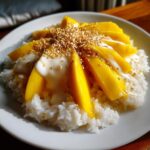
Mango Sticky Rice: 7 Irresistible Steps to Bliss
- Total Time: 4 hours 30 minutes
- Yield: 4 servings 1x
- Diet: Vegetarian
Description
A traditional Thai dessert made with glutinous rice, fresh mango, and coconut milk.
Ingredients
- 1 cup glutinous rice
- 1 1/2 cups coconut milk
- 1/2 cup sugar
- 1/4 teaspoon salt
- 2 ripe mangoes
- Sesame seeds or mung beans for garnish
Instructions
- Rinse the glutinous rice until the water runs clear.
- Soak the rice in water for at least 4 hours or overnight.
- Drain the rice and steam it for about 30 minutes until cooked.
- In a saucepan, heat coconut milk, sugar, and salt until dissolved.
- Reserve a small amount of the coconut mixture for serving.
- Mix the cooked rice with the remaining coconut mixture and let it sit for 30 minutes.
- Peel and slice the mangoes.
- Serve the sticky rice with mango slices and drizzle with reserved coconut milk.
- Garnish with sesame seeds or mung beans.
Notes
- Use ripe, sweet mangoes for best flavor.
- Adjust sugar based on your taste preference.
- Serve warm or at room temperature.
- Prep Time: 4 hours
- Cook Time: 30 minutes
- Category: Dessert
- Method: Steaming
- Cuisine: Thai
Nutrition
- Serving Size: 1 serving
- Calories: 300
- Sugar: 15g
- Sodium: 10mg
- Fat: 10g
- Saturated Fat: 8g
- Unsaturated Fat: 2g
- Trans Fat: 0g
- Carbohydrates: 45g
- Fiber: 2g
- Protein: 4g
- Cholesterol: 0mg
Keywords: Mango Sticky Rice, Thai dessert, glutinous rice, coconut milk


